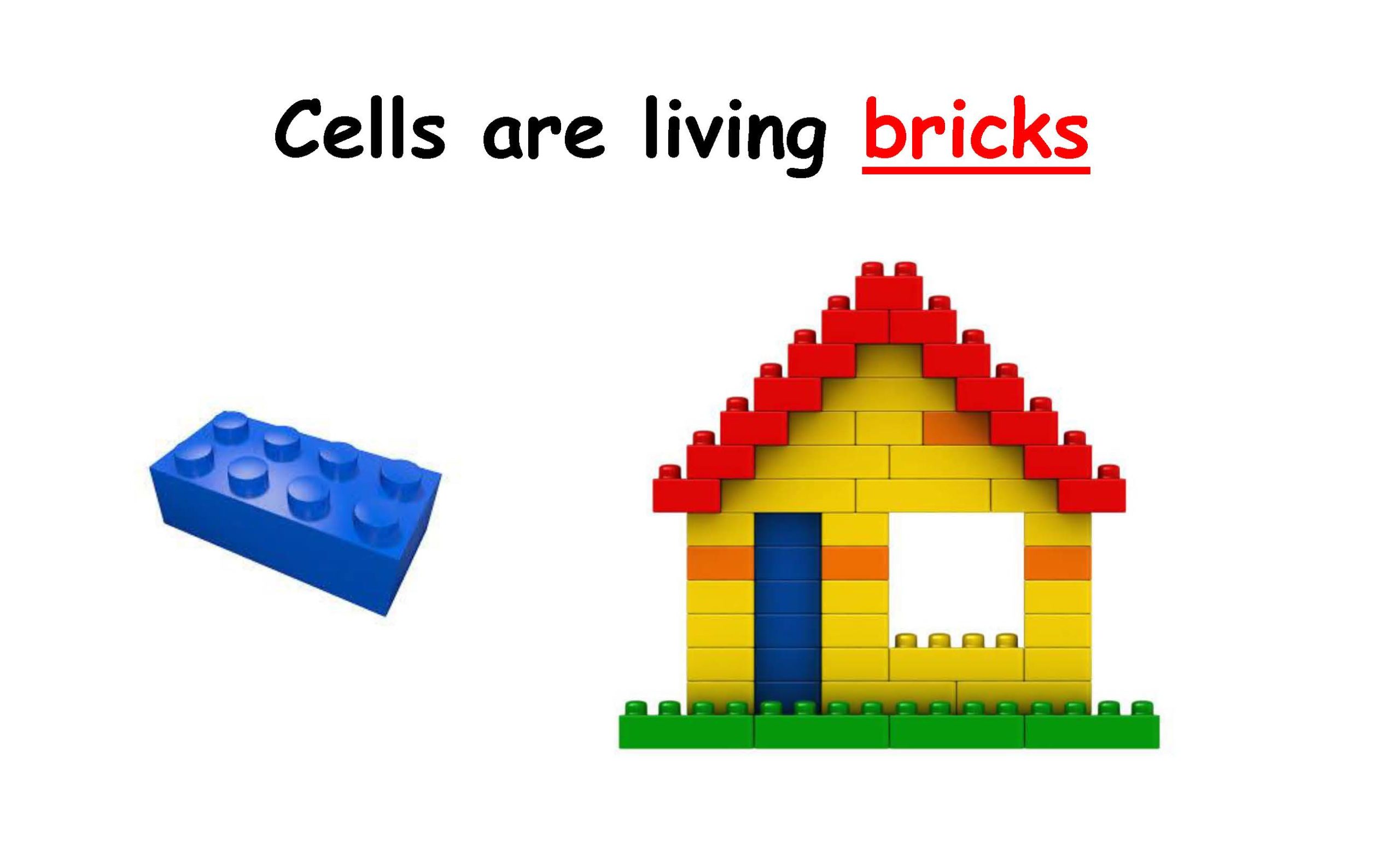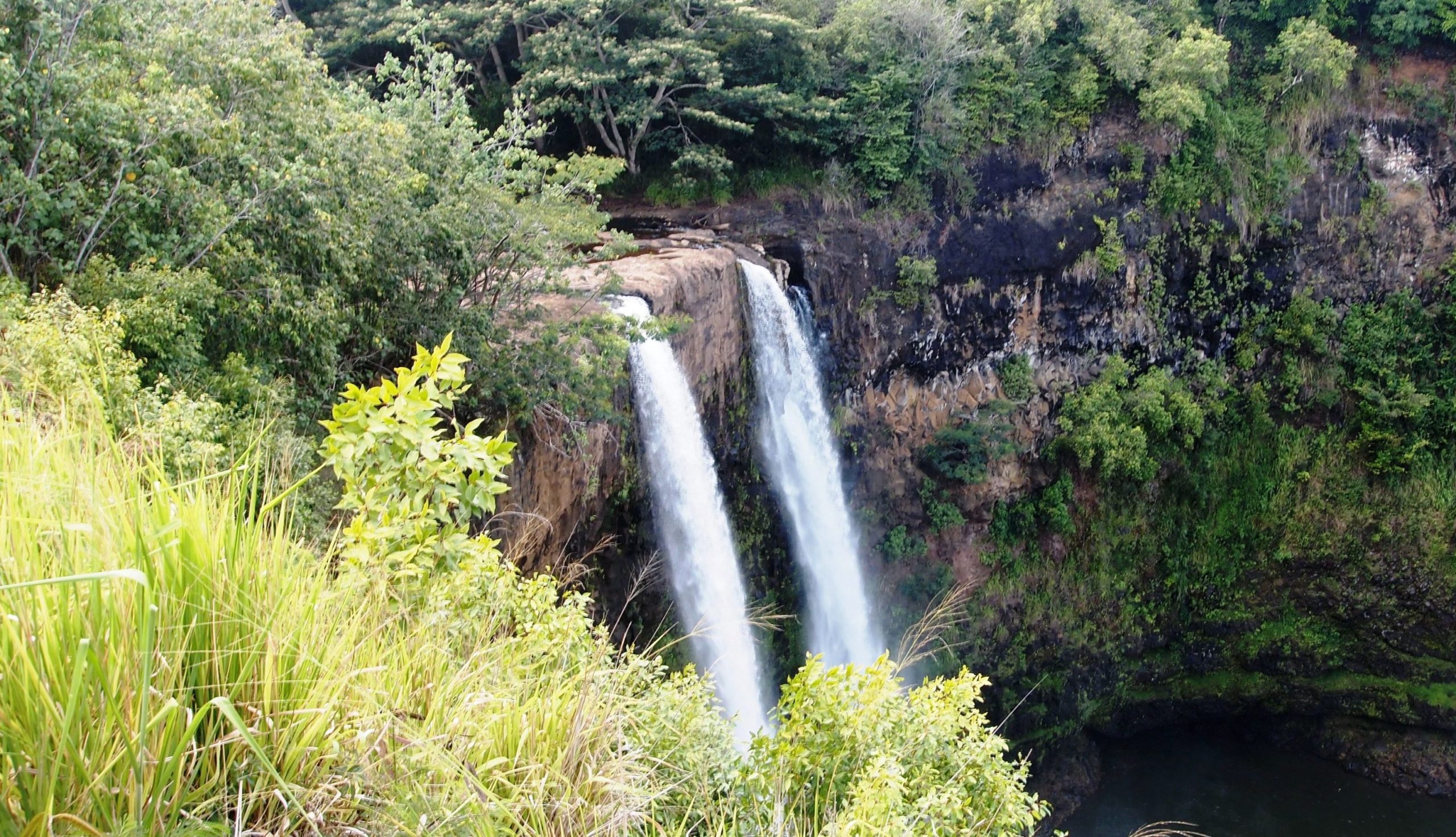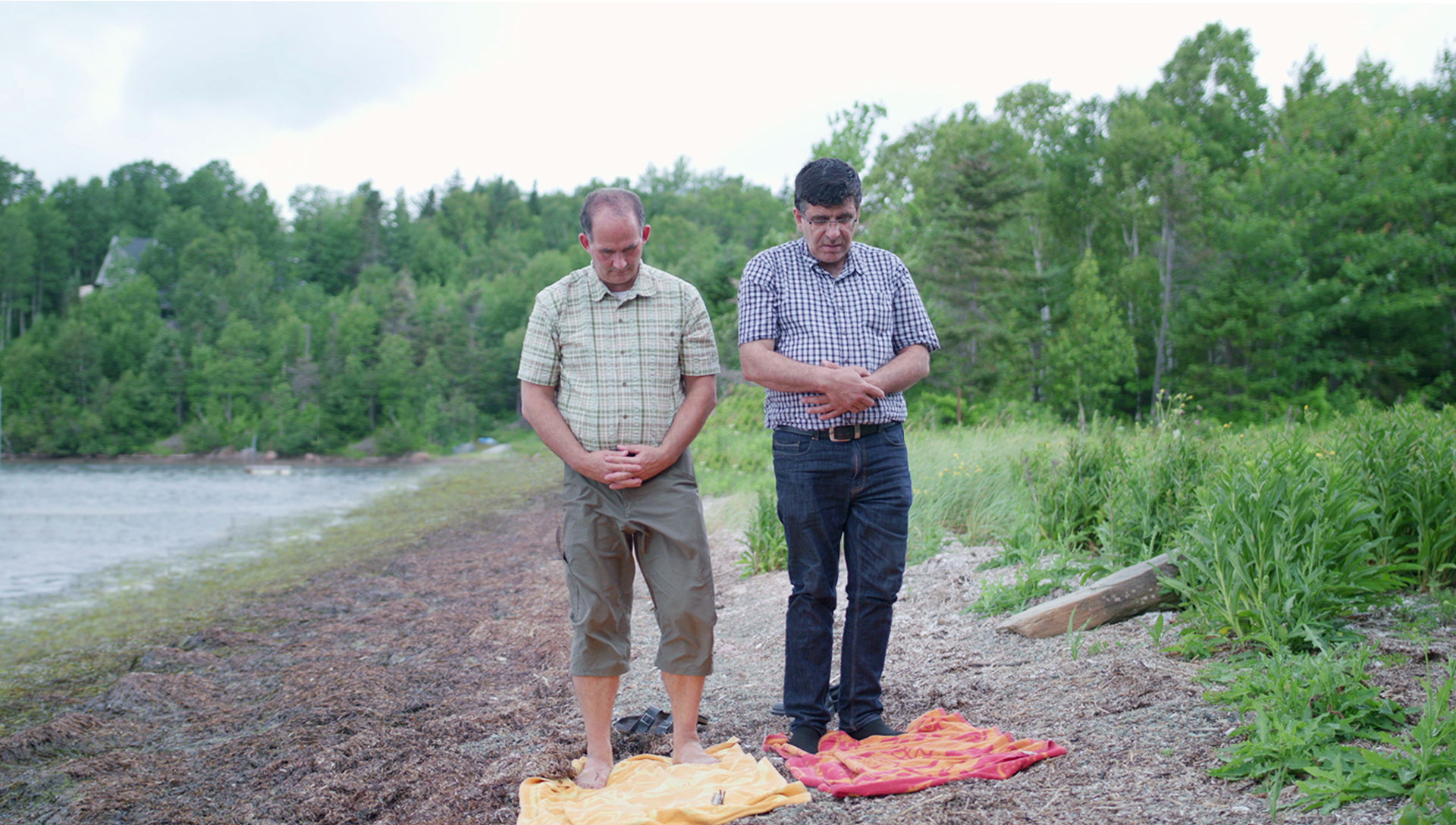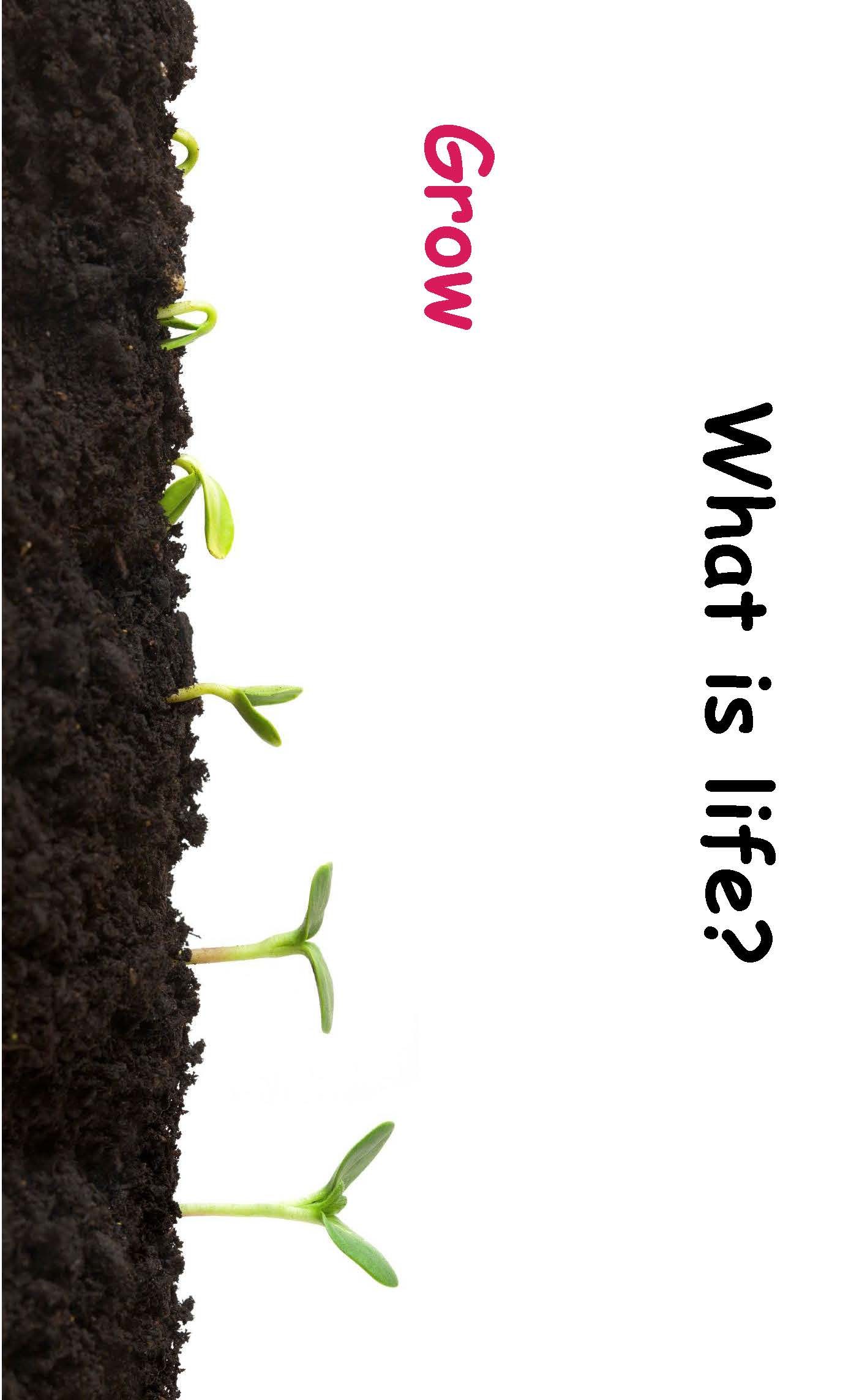
By May S. Ruiz
Science is one of those tricky subjects that can’t be learned just by sitting in a classroom, reading about it, and looking at pictures. Mention ‘stem cells’ and it becomes more complicated still. Right away you’ll think it’s certainly not something 4-year-olds would even grasp. Yet, it’s basic to life on earth. And so, the scientists at Pathways to Stem Cell Science have made it their mission to educate children from pre-K to 12th grade.
In 2016, Dr. Victoria Fox, a former professor at the University of Southern California’s (USC) Department of Regenerative Medicine and Stem Cell Biology, founded the non-profit Pathways to Stem Cell Science (Pathways) with a team of professionals in this field. They conduct research on a contract basis for universities and companies. The work they do generates skills and knowledge which they translate into the courses that provide hands-on learning with stem cells.
Describing one of the classes they offer, Dr. Fox says, “A two-week course for high school students called ‘Regenerative Medicine and Disease Modeling’ teaches them how to isolate a skin cell, turn it into a stem cell, and then turn that stem cell into a heart cell for use in medicine and research. Each course is based on the science that we do. Students learn hands-on skills and real-life science. They gain the confidence and the social experiences working in a private sector workplace they couldn’t get in a university teaching lab.”
Now Pathways is extending their course offerings to the pre-K level.
Explains Dr. Fox, “To effectively inspire, guide, and prepare students for STEM fields, you have to start early. We left USC partly because their focus is on college and professional training, but we want to support the entire education pipeline from pre-K to 12, college and industry professionals. We’ve developed a unique curriculum to get children interested in science right as they’re beginning their early childhood education. I’m convinced I could teach authentic science to students as young as pre-Kindergarten. My son is in kindergarten so I know what he can and cannot understand. We’ve worked closely with his pre-K and elementary school to make sure this curriculum can be delivered.
“The culmination of this is Pathways’s newly developed Stem Cell Explorers program, which consists of five one-and-a-half -hour sessions on the weekends held over five weeks and a one-hour mobile lab program called ‘Did Dinosaurs Have stem Cells.’ This latter course came about because my son learned about dinosaurs in school. Kids are fascinated with dinosaurs, which are basically the ancestors of birds and reptiles. Some lizards have an amazing capacity to regenerate their limbs because of the presence of active stem cell populations in their tissues. Over dinner one night, we were pondering whether dinosaurs would have had the same capacity for limb regeneration because they are related through evolution.”
That conversation over dinner led Dr. Fox to develop an inquiry-based session. Students can observe stem cells in action – regenerating lizards limbs – then they formulate an experimental plan for how one might test if dinosaurs had similar regenerative capacity.
“After that they do a hands-on experiment that demonstrates how real-life scientists might test a dinosaur tissue for the presence of stem cells, should you be lucky enough to find one that hadn’t been fossilized,” expands Dr. Fox. “This involves applying a chemical assay solution to four types of cells we’ve grown in the lab – skin cells, muscle cells, neurons, and stem cells. The solution reacts only with stem cells, turning them pink. They then observe what dinosaur stem cells might have looked like using a professional lab microscope. These are real tests I carry out in my work on a regular basis that we’ve adapted to teach authentic science to elementary school children in a fun context they can relate to.
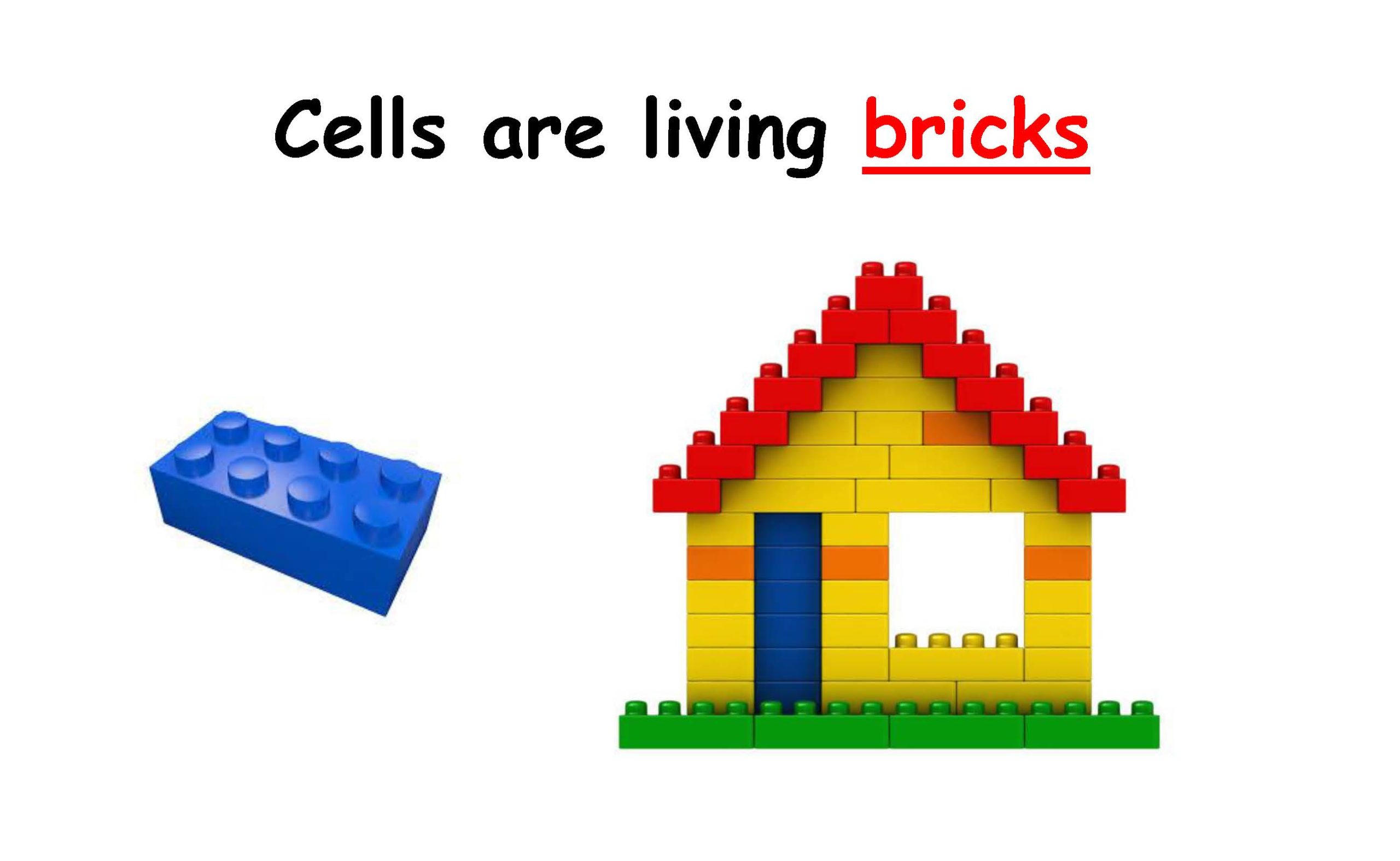
“Session 3 of our Stem Cell Explorers program is probably the coolest and the most interesting – it focuses on the role of stem cells in human development,” Dr. Fox continues. “I’m not aware of any other curriculum like this for pre-school and elementary school children. It demonstrates how human life begins from a single stem cell and how that cell goes on to divide and create different tissues of the adult body. Students learn about the different stages of human development using our specially designed ‘development calendar’ which places images of growing human embryos side-by-side on a large floor-sized calendar.
“We also model some of the stages with Play-Doh to promote active learning and fine motor skills. Young children love this class because they often have younger siblings and are interested in understanding where babies come from. This session satisfies that curiosity in a way that’s authentic but still accessible for young audiences.”
Dr. Fox expounds further, “We also talk about the role of stem cells in therapies like bone marrow transplants. We’ve created a life-size model that enables students to perform a ‘mock bone marrow transplant.’ They harvest and inject a red fluid containing pretend bone marrow stem cells and observe them circulating around the body. They get to play doctor – something young children enjoy.
“In session 4 of the Stem Cell Explorers Program, we touch on the importance of keeping cells healthy by eating nutritious food, breathing fresh air, drinking clean water, and exercising regularly. We discuss why these are essential for cells and what happens to your cells if they’re unhealthy and die. They take part in a cooking exercise where they learn to make a healthy snack. The curriculum is cross-disciplinary – combining science with other subjects like cooking, art, math, literacy and geography – not only to stimulate scientific curiosity but to also prepare students broadly for success in school and in life.”
“The final day of Stem Cell Explorers centers on experimental stem cell science,” Dr. Fox says. “It’s in this session where students perform a real-life experiment with beating heart cells we’ve derived from stem cells. They count the number of times heart cells beat before and after adding ice to the medium, demonstrating the effect of temperature on heart function. They then draw a simple bar graph and, with our help, analyze their data. This experiment shows what would happen to your heart cells if they were cold – hypothermic. It’s a very striking visualization they can understand.”
According to Dr. Fox, the Dinosaur stem cell program is an hour long and designed specifically as a mobile lab to go into classrooms. It can be taught to large assemblies in groups of 20 students. They charge a small fee to cover the cost of materials and time, much like other mobile lab programs. They are still working out a fee structure, but it would be somewhere in the range of $300 to $500 per session – which is close to what other mobile programs charge. Additionally, Dr. Fox’s team is engaged in fundraising to provide subsidies for low income communities and will work collaboratively with specific schools to raise tuition money.

“We ensure our curriculum aligns with the NGSS (Next Generation Science Standard) so students learn about new topics in a way that also informs their core science instruction,” clarifies Dr. Fox. “Our courses are devised to augment existing school programs, providing real-world context to the science students learn in the classrooms. These are particularly useful for schools that teach a lot of textbook science but don’t have the capacity to offer hands-on activities. There are other mobile labs that work this way, but they are usually pretty simple and don’t provide the same real-life experiments and concepts we are able to teach. And it’s the real-life context that makes our science so fascinating to young students.
“We’ve developed a number of different course for students of all ages. Some of our programs – particularly the high school and college courses – have been offered for many years. However, not many people know we exist. Raising awareness for our programs and the unique learning opportunities these offer is one of the biggest challenges we face.”
Getting more girls interested in STEM fields is one of the more daunting tasks schools are faced with and they’re hiring more female science teachers to help in this endeavor. College counselors advocate that high school seniors follow their passion when choosing what degrees to pursue, and for good reason. Students succeed when they’re studying something they find engrossing and captivating.
Dr. Fox points out, “Teaching exciting real-life science when they’re still young is a great way to entice girls into this field because by the time they get into high school, it’s often too late. This is at the heart of what we do – building that pipeline from pre-K to professional level. It obviously helps that I’m female and have children. It’s important for female students to see a woman who’s also a mother leading a science organization – it helps them to see themselves becoming a professional scientist.”
Pathways’s program bucks the norm, though. Program Director Dr. Mickey Pentecost discloses, “We attract more female students into our program than male students. Our goal is to provide students a variety of role models. Showing them the diversity of careers they could go into with a STEM background is also a key part of our mission. My concern is that if students are only exposed to academia, which struggles to retain women and minorities, they’ll think ‘Oh, I’m going to get this far and then the door is closed to me.’”
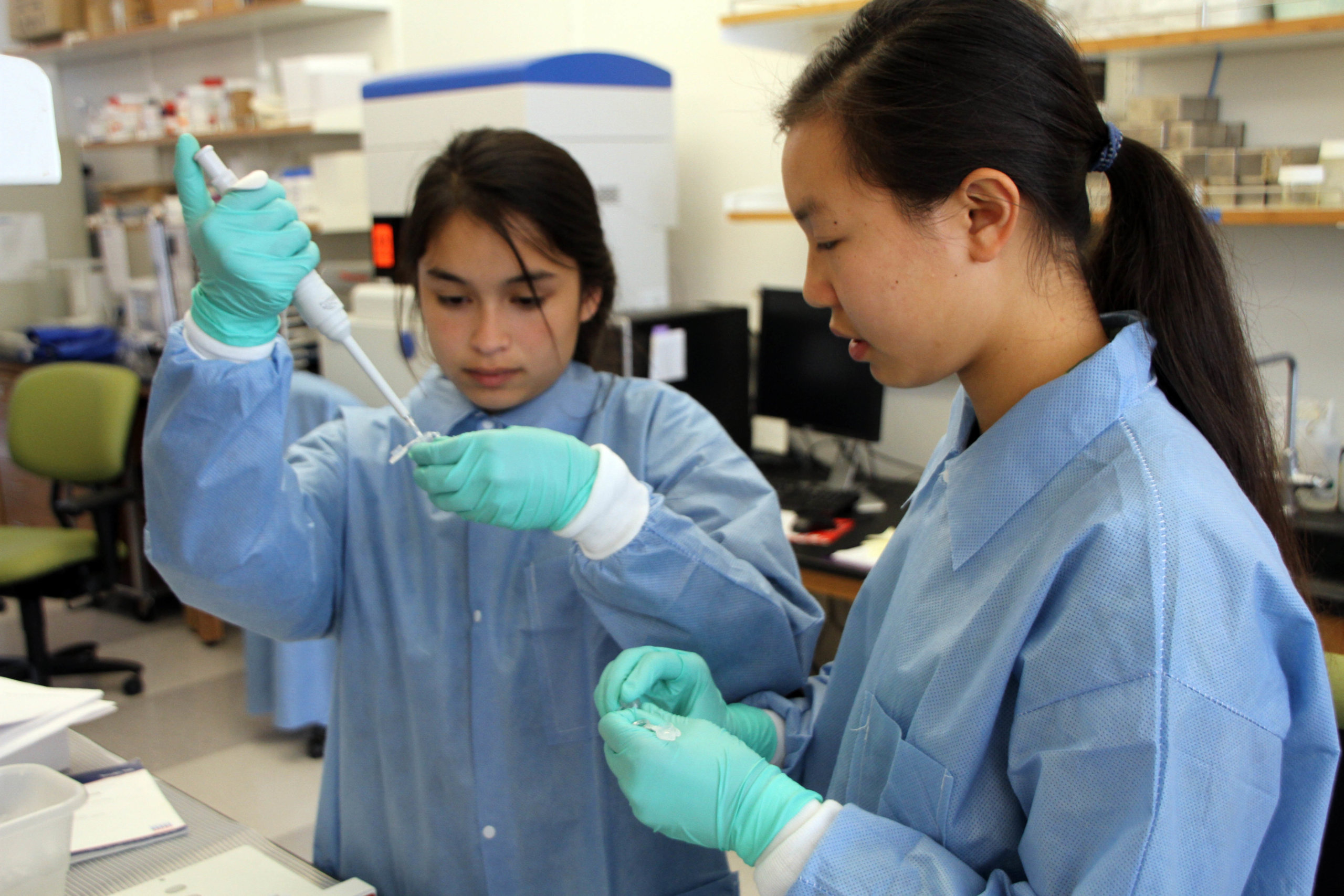
Additionally, the delivery method for science courses is outdated, as Dr. Fox elaborates on. “I think the college education system, which still relies heavily on lecturing, is antiquated. It dates back to a time when there were limited textbooks. So if you wanted to learn a particular science subject, you had to go to a college lecture and learn first-hand from a professor who was an expert in it. That was even true to a certain extent when I was doing my undergraduate degree – there were only a few textbooks for each topic and they weren’t that great so you really relied on the theoretical knowledge the professor provided. But so much has happened in the time since I took my undergraduate degree. The Internet, online textbooks, and online teaching modalities enable science theory to be taught and learned outside of formal lecture settings. By leveraging these technologies, science education programs could dedicate more time to vocational activities that offer students the skills they need to compete for jobs.
“Biotechnology is going through the same boom Silicon Valley went through with Facebook and Google. This is driving a demand for professional scientists with a range of skills set; 21st century bioscience has become so complex it requires sophisticated skills that one can’t get in a lecture hall. Yet many universities continue to emphasize lecture-based teaching, a system that’s more compatible with preparing students for academic career paths versus the private sector jobs they’re more likely to seek out. A lot of schools are not really teaching in an active way that meets the requirements of biotech and private sector science. Yet private sector science industries currently offer more jobs than university science departments. The system needs some modernization to ensure students are prepared more broadly for the jobs that are available to them in the sciences.”
Dr. Fox adds, “All our teaching courses are hands-on and taught in a real-world context. We created Pathways to offer these courses because many universities feel this type of teaching is too expensive to provide. Teaching in lectures is much cheaper because you only need one classroom and one person to reach hundreds of students. I think the lack of real-world hands-on activities could deter girls from going into science – it’s just not that interesting sitting in lecture halls, listening to lectures, even when you like science.
“I don’t want to detract from the importance of a college degree – the knowledge that’s gained in university is essential to enter any bioscience profession. However, the academic career track tends to create university professors with similar backgrounds and experiences, by favoring scientists with high impact factor publications from a limited number of Ivy League institutions. This produces a scientific faculty with qualifications that are crucial for grant writing and lecturing, but not necessarily the diversity of experiences required to prepare students for the wider world. If you browse at the backgrounds of private sector bioscience professionals you’ll notice experiences are much broader. Exposing students to the array of experiences they will need to plan viable careers, train for future employment, and become successful scientists was another reason I founded Pathways.”
And today’s students are much better for it.

